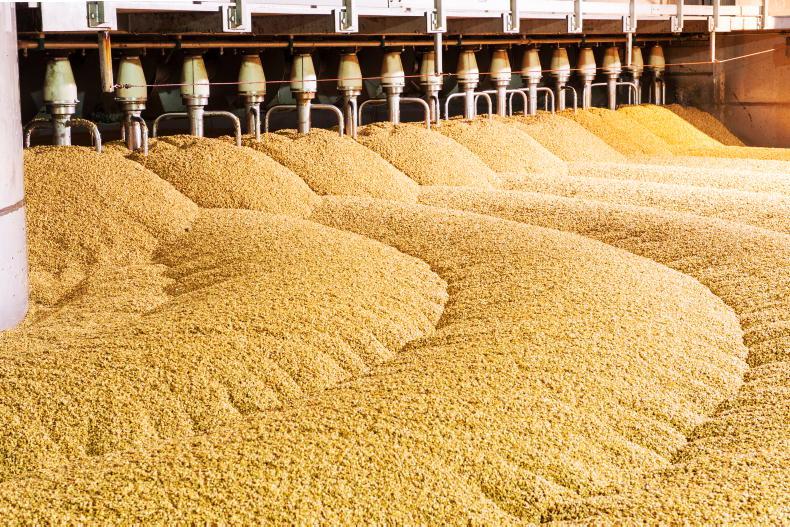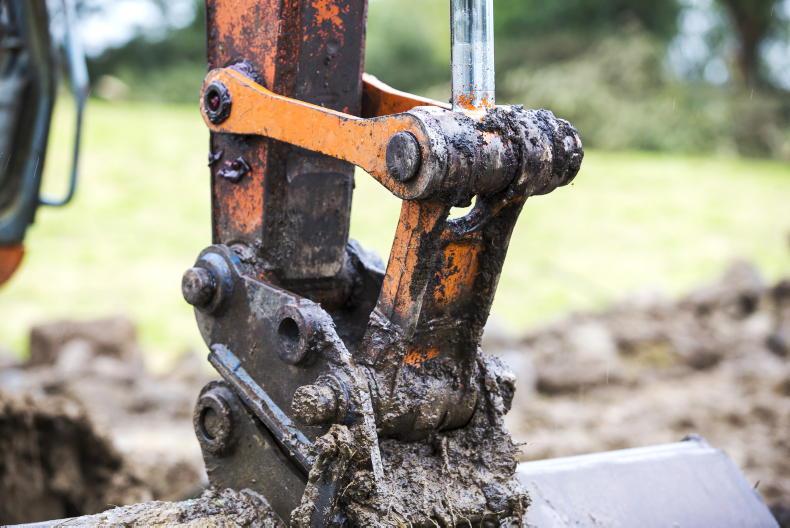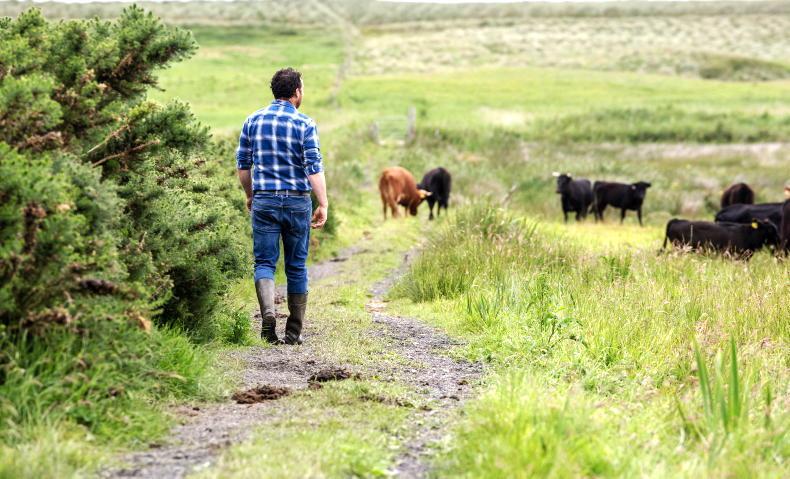Any future agri-environment type schemes that require farmers to restore peatland or manage heather, must be accompanied by a suitable financial package, a leading conservation grazer has said.
Following a meeting last Thursday to discuss the outcome of a peatland mapping exercise in the Mournes led by the Ulster Wildlife Trust, Kilkeel farmer Oisin Murnion said that any new schemes must be well planned out.
“We need a properly paid scheme. We want to be positive, but don’t want to see small farmers in the area destroyed,” said Murnion, who also serves as one of a number of Mourne Mountain trustees.
Cautious
He said that many farmers in the area are cautious when it comes to any mention of peatland restoration or heather management, given the amount of restrictions they already operate under, and the lack of understanding about ownership of the Mournes.
While NI Water, the National Trust and DAERA Forest Service are the largest individual landowners, the vast majority of the land is in a number of commonages that belong to the farming community.
“We see runners out taking over the mountain, and buses landing with people who are dropped off on one side of a mountain and picked up on the other. The landowners get nothing. They don’t even be asked for permission,” suggested Murnion.
Peatland
According to Jennifer Fulton, the CEO of the Ulster Wildlife Trust, it is important that future agri-environment schemes are able to cater for farmers who own common land.
She explained that her organisation is leading the project to map NI’s peatlands working in partnership with the James Hutton Institute from Scotland.
The main aim is to identify peatland areas across NI that would benefit most from restoration work, and ultimately change these areas from being net emitters of greenhouse gases to being areas that can sequester carbon.
“Peatland restoration is not about flooding farmland, it involves bringing the water table to 10cm below the surface which causes the carbon emissions to cease almost immediately,” she said.
With climate change leading to drier conditions during spring and summer, especially in the east of NI, Fulton maintained time is limited before previously drained peatland gets to the point of no return.
“The key issue is how we restore before it gets too late to restore. They are pressing on like crazy to try to get peatland restored in Scotland,” she said.
The work done in the Mournes has shown that most of the peat is in the bottom of valleys.
Read more
Reducing LULUCF emissions must provide good income to farmers
Dempsey at Large: carbon source or sink?
Any future agri-environment type schemes that require farmers to restore peatland or manage heather, must be accompanied by a suitable financial package, a leading conservation grazer has said.
Following a meeting last Thursday to discuss the outcome of a peatland mapping exercise in the Mournes led by the Ulster Wildlife Trust, Kilkeel farmer Oisin Murnion said that any new schemes must be well planned out.
“We need a properly paid scheme. We want to be positive, but don’t want to see small farmers in the area destroyed,” said Murnion, who also serves as one of a number of Mourne Mountain trustees.
Cautious
He said that many farmers in the area are cautious when it comes to any mention of peatland restoration or heather management, given the amount of restrictions they already operate under, and the lack of understanding about ownership of the Mournes.
While NI Water, the National Trust and DAERA Forest Service are the largest individual landowners, the vast majority of the land is in a number of commonages that belong to the farming community.
“We see runners out taking over the mountain, and buses landing with people who are dropped off on one side of a mountain and picked up on the other. The landowners get nothing. They don’t even be asked for permission,” suggested Murnion.
Peatland
According to Jennifer Fulton, the CEO of the Ulster Wildlife Trust, it is important that future agri-environment schemes are able to cater for farmers who own common land.
She explained that her organisation is leading the project to map NI’s peatlands working in partnership with the James Hutton Institute from Scotland.
The main aim is to identify peatland areas across NI that would benefit most from restoration work, and ultimately change these areas from being net emitters of greenhouse gases to being areas that can sequester carbon.
“Peatland restoration is not about flooding farmland, it involves bringing the water table to 10cm below the surface which causes the carbon emissions to cease almost immediately,” she said.
With climate change leading to drier conditions during spring and summer, especially in the east of NI, Fulton maintained time is limited before previously drained peatland gets to the point of no return.
“The key issue is how we restore before it gets too late to restore. They are pressing on like crazy to try to get peatland restored in Scotland,” she said.
The work done in the Mournes has shown that most of the peat is in the bottom of valleys.
Read more
Reducing LULUCF emissions must provide good income to farmers
Dempsey at Large: carbon source or sink?









SHARING OPTIONS